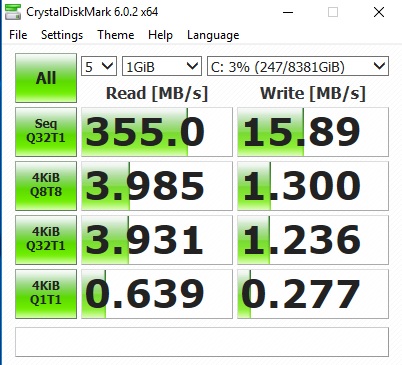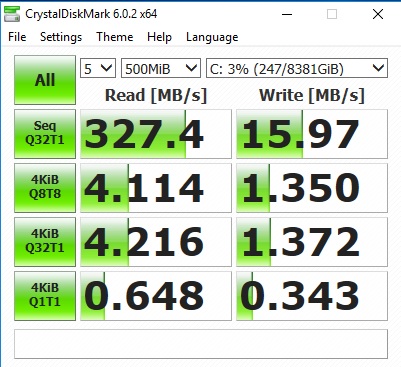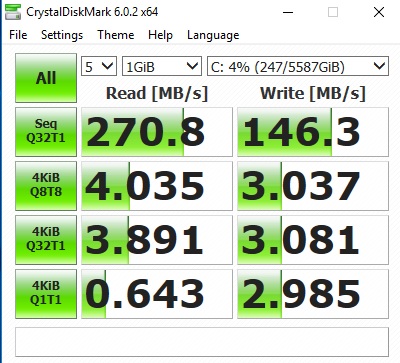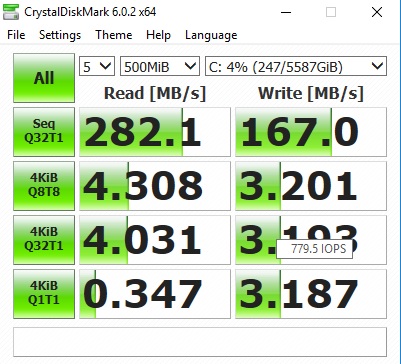I wanted to set up a RAID array in my server, a Dell T320 with PERC H310 and four Seagate Constellation ES.2 SAS drives 7200 rpm 3 TB. So, like many of IT guys out there, I started googling. I know about the different RAID levels, with their respective pros and cons, but wanted more first hand experiences from others.
I was puzzled to see guys arguing on their blogs about how RAID 5 is dead and shouldn’t be used, others, on the contrary, advocating in favor of RAID 5 or 6. Many posts were copy-pasted from one blog to another, and most of their authors had experience with RAID using only consumer motherboards and hard drives, which makes the whole debate useless.
My quest was about which RAID level was better when you have four hard drives. With 4 HDD’s in RAID 5, you get the equivalent of 3 disks in RAID 0, plus parity. So, in theory, it will perform better than the same disks in RAID 10, which has only 2 in stripping. At least on paper, if you use RAID 10, the data is split in two chunks, 50% each, and written to disks, twice. Same for writing. For RAID 5, the data is split in three chunks, 33% each, and written to disks. So, again in theory, reading/writing 33% is faster than reading/writing 50% of the same amount of data.
That is the theory, and it appears to be in favor of RAID 5.
So, I wanted to test that theory. On the same server, with the same drives and the same controller, a PERC H310, I’ve installed Windows Server 2016 with Hyper-V and a couple of virtual machines. First test was done with DiskMark, using 1 GB, 500 MB and 50 MB of data. The second test was a file copy from our disk to an SSD and vice-versa. I’ve used an ISO file of Windows 10, as well as a folder with small files, to see the speeds in both situations.
These are the results:
- RAID 5
- RAID 10
As you can see, the reading is visibly faster with RAID 5, but the writing is (way) faster with RAID 10. If this was a storage server, using RAID 5 could make sense, because of the extra drive space gained (9 TB instead of 6TB), but for a system drive, those speeds are too low to use. I have to note, however, that the smaller the test files are, the faster RAID 5 becomes.
So, the winner, for my configuration, is RAID 10. I really wanted to give RAID 5 a chance. I’ve used it in the past on Dell R610 and R710, with both PERC 6/i and H700 with 10k 2.5″ drives, and the overall performance was more than satisfying. After all, it’s not the raw numbers that matter, it’s the usability. If it works, it’s fast enough and I don’t feel a bottleneck, it doesn’t matter there are no SSD’s in there. It simply works FOR ME.
I am sure that if the controller was different, maybe a H710 with cache and backup battery, the numbers would have been different. Reading would be more or less the same, but writing would increase, making RAID 5 a viable option. But at this time, I can only guess.





Leave a Reply